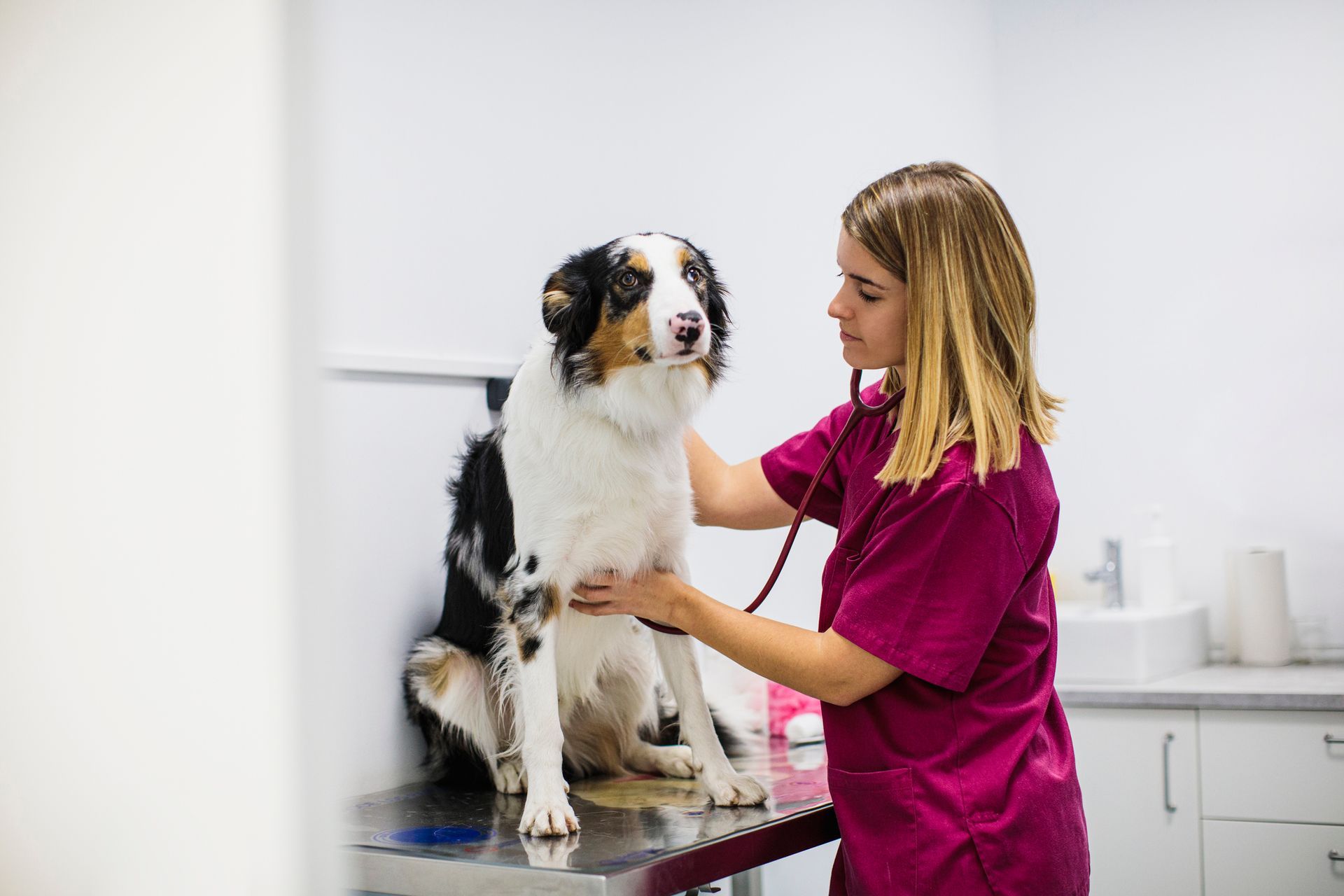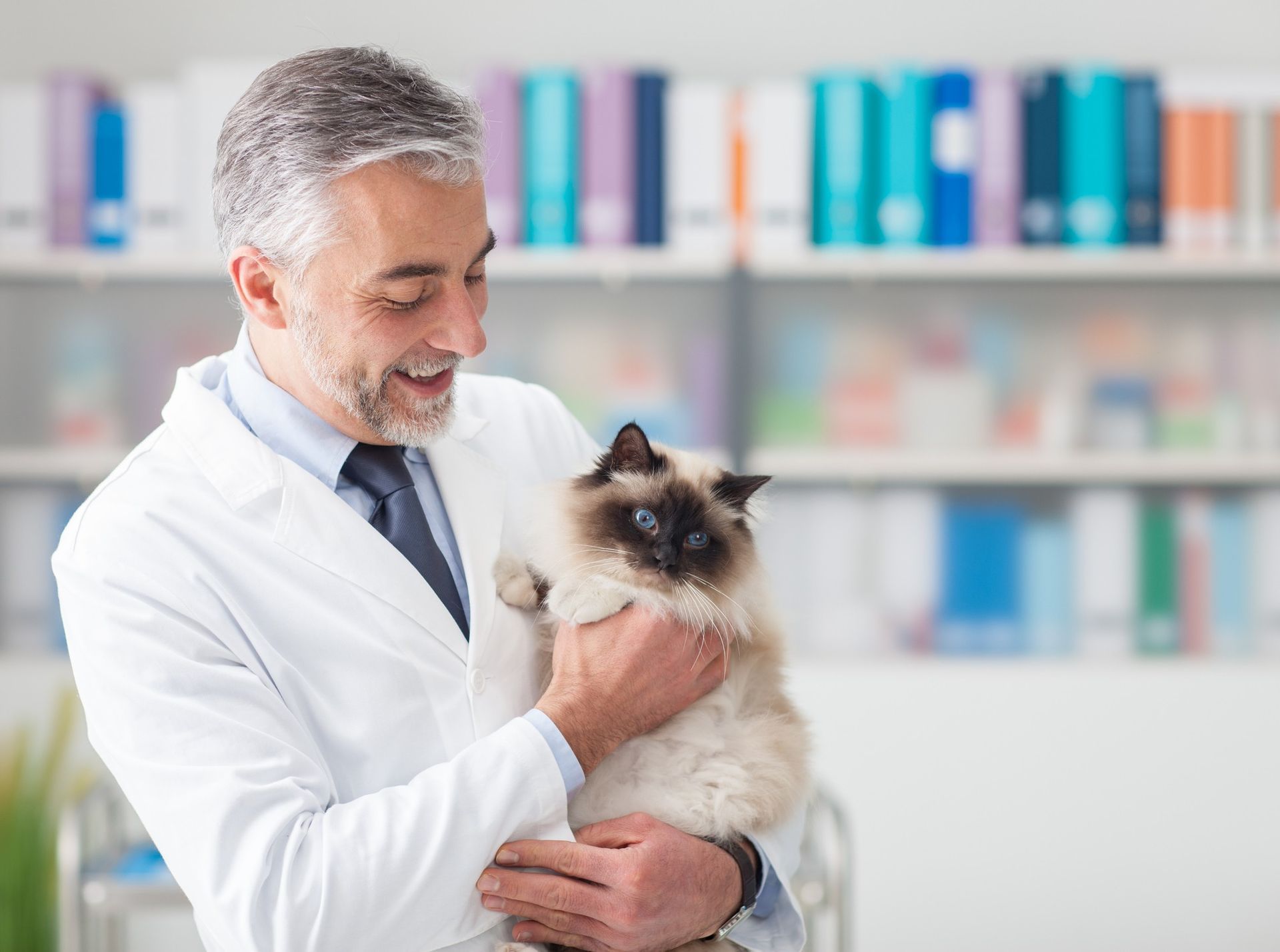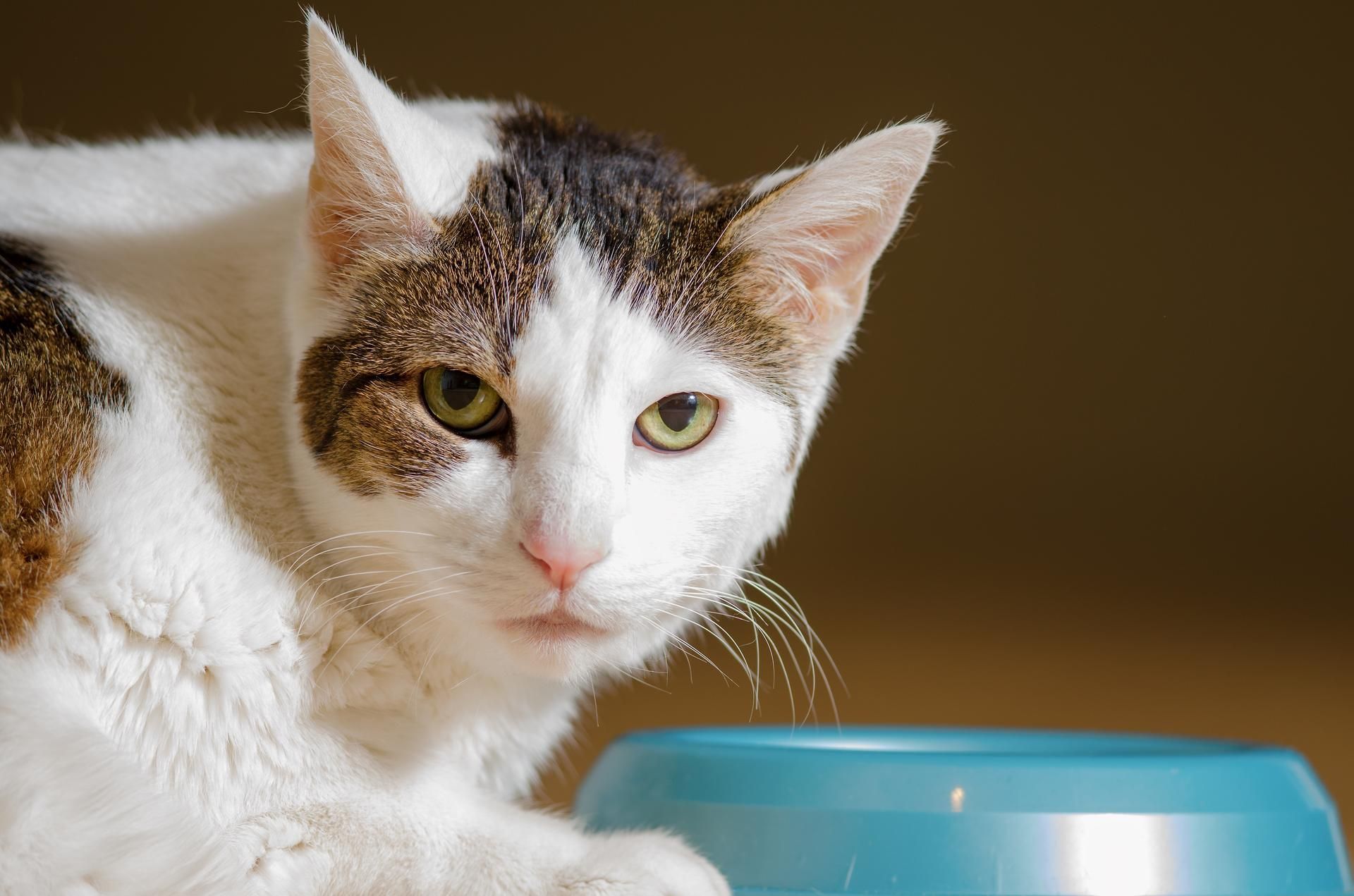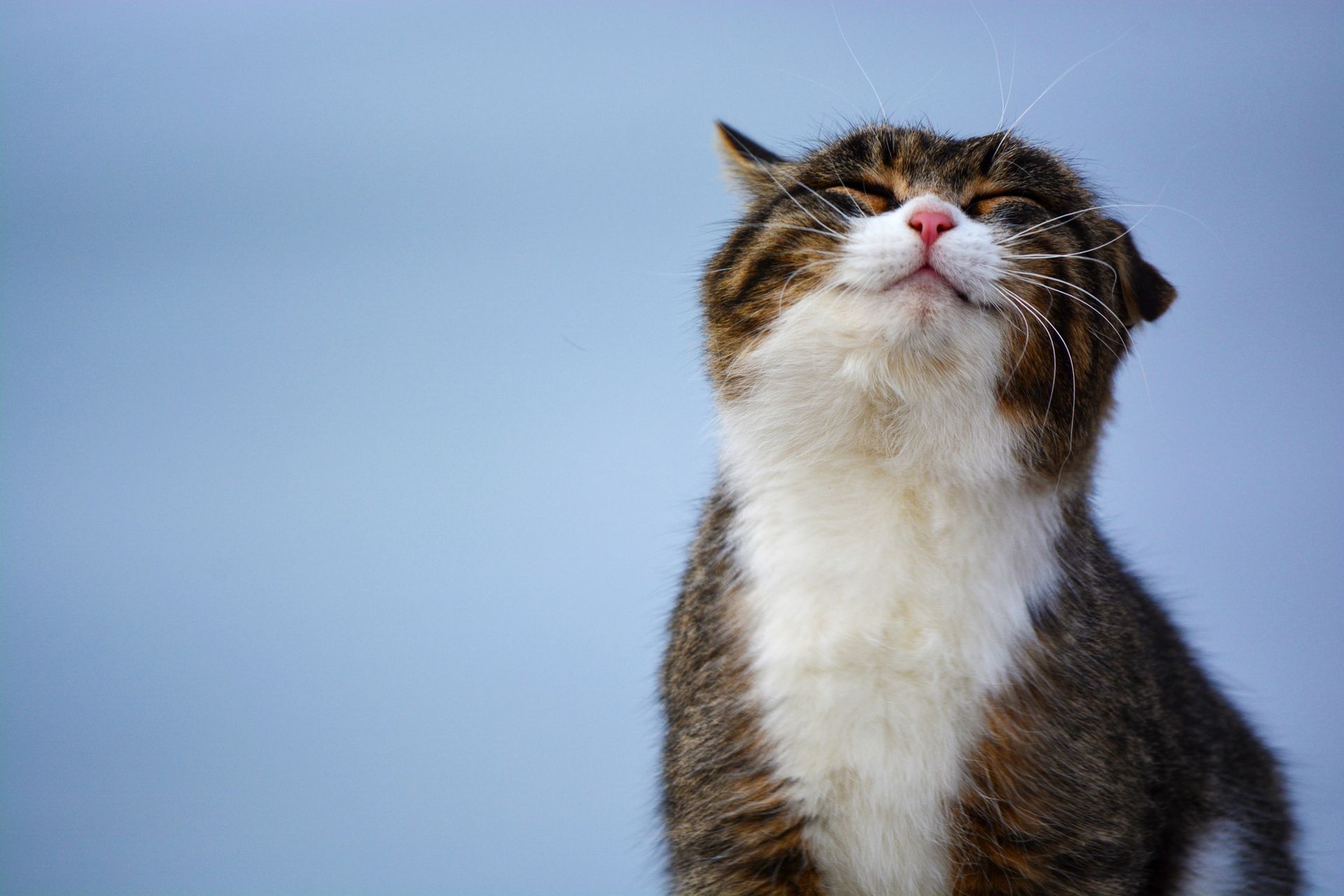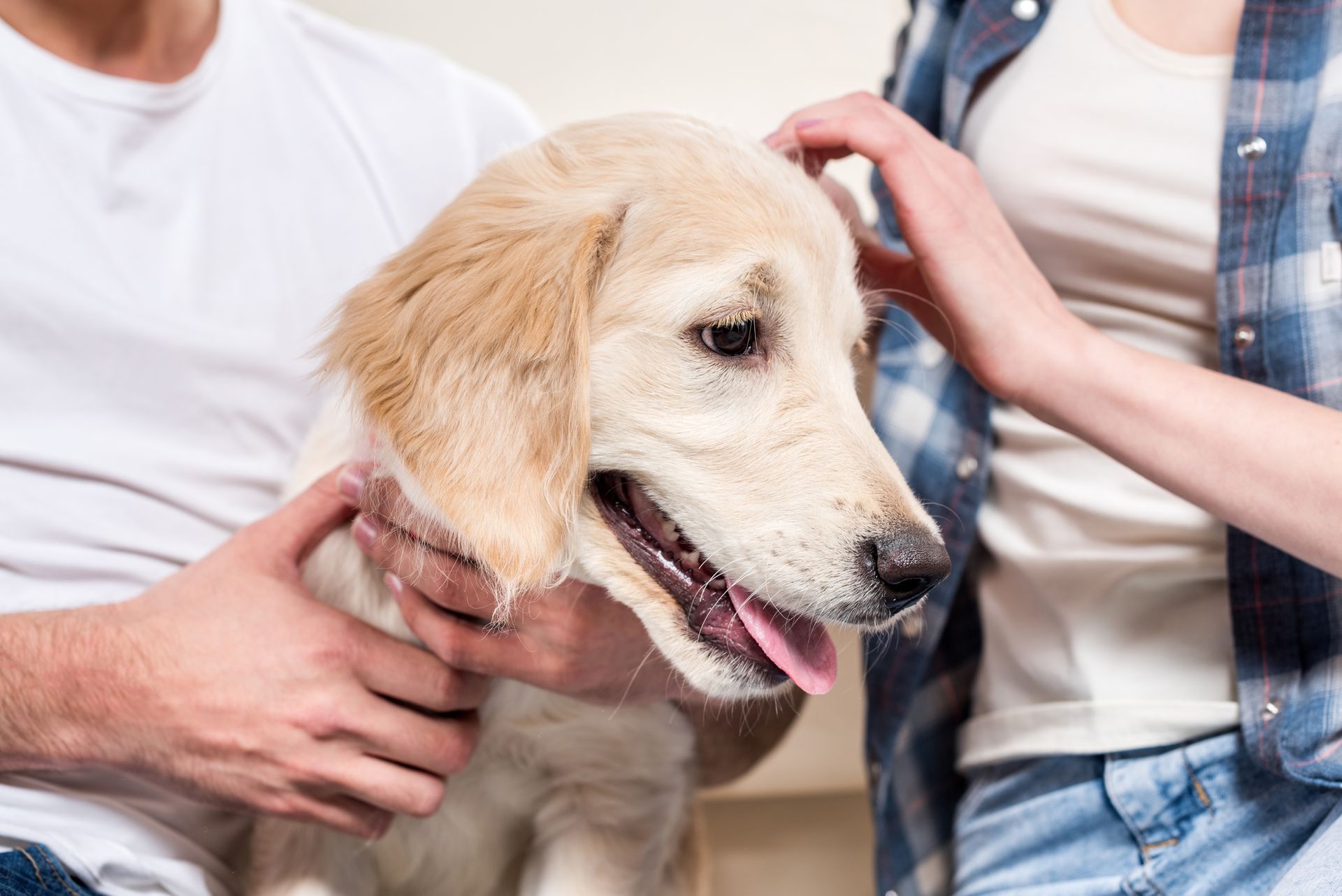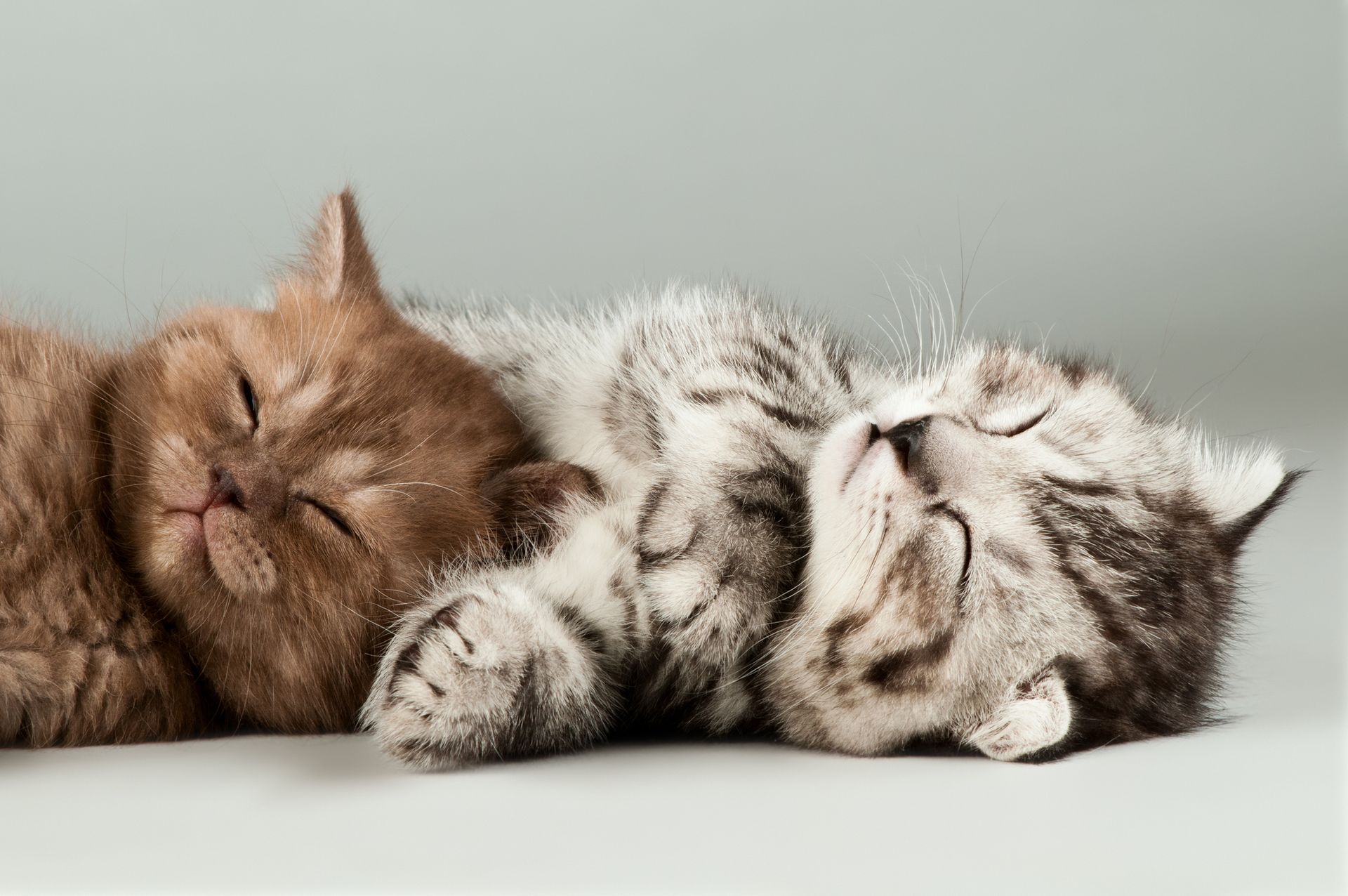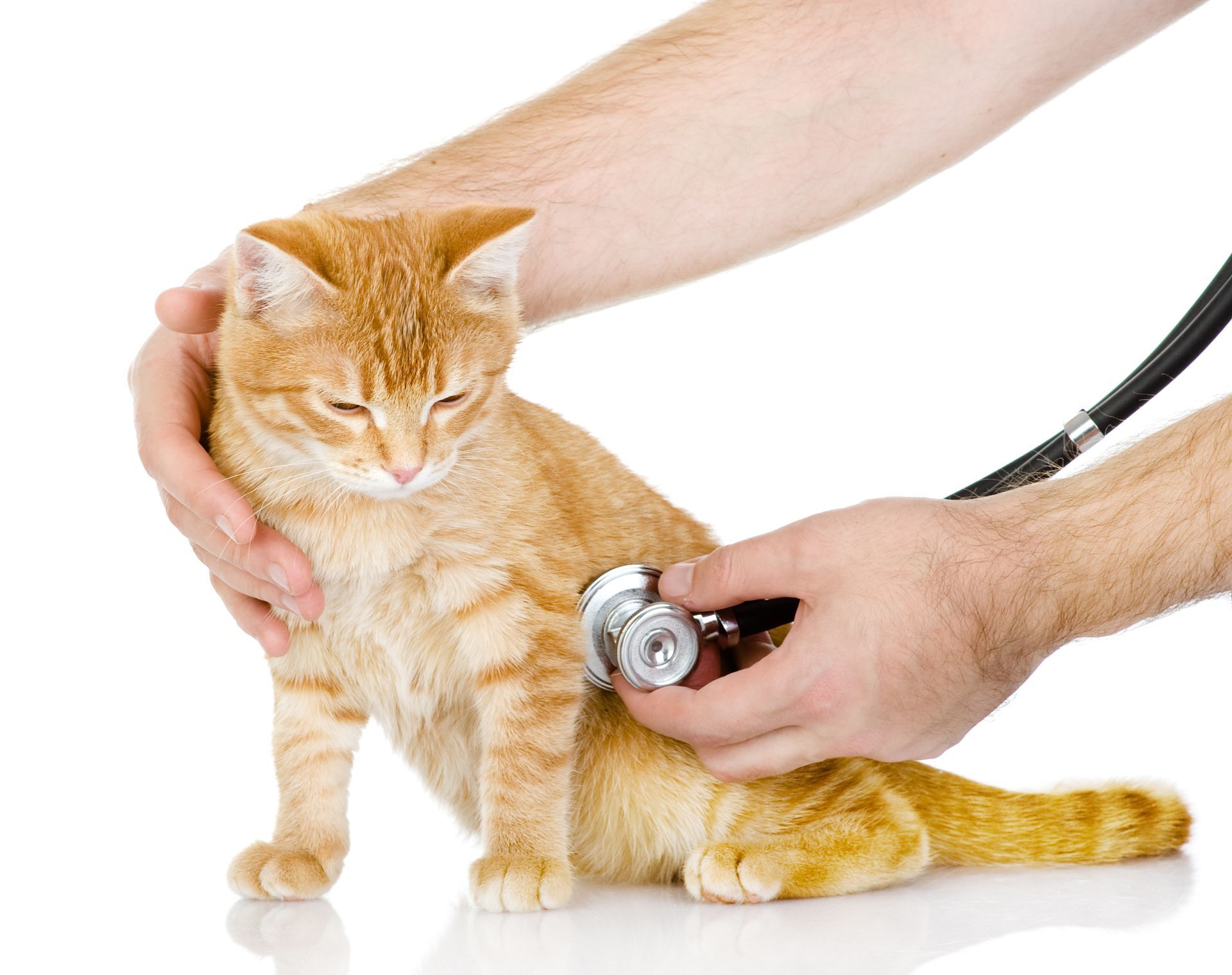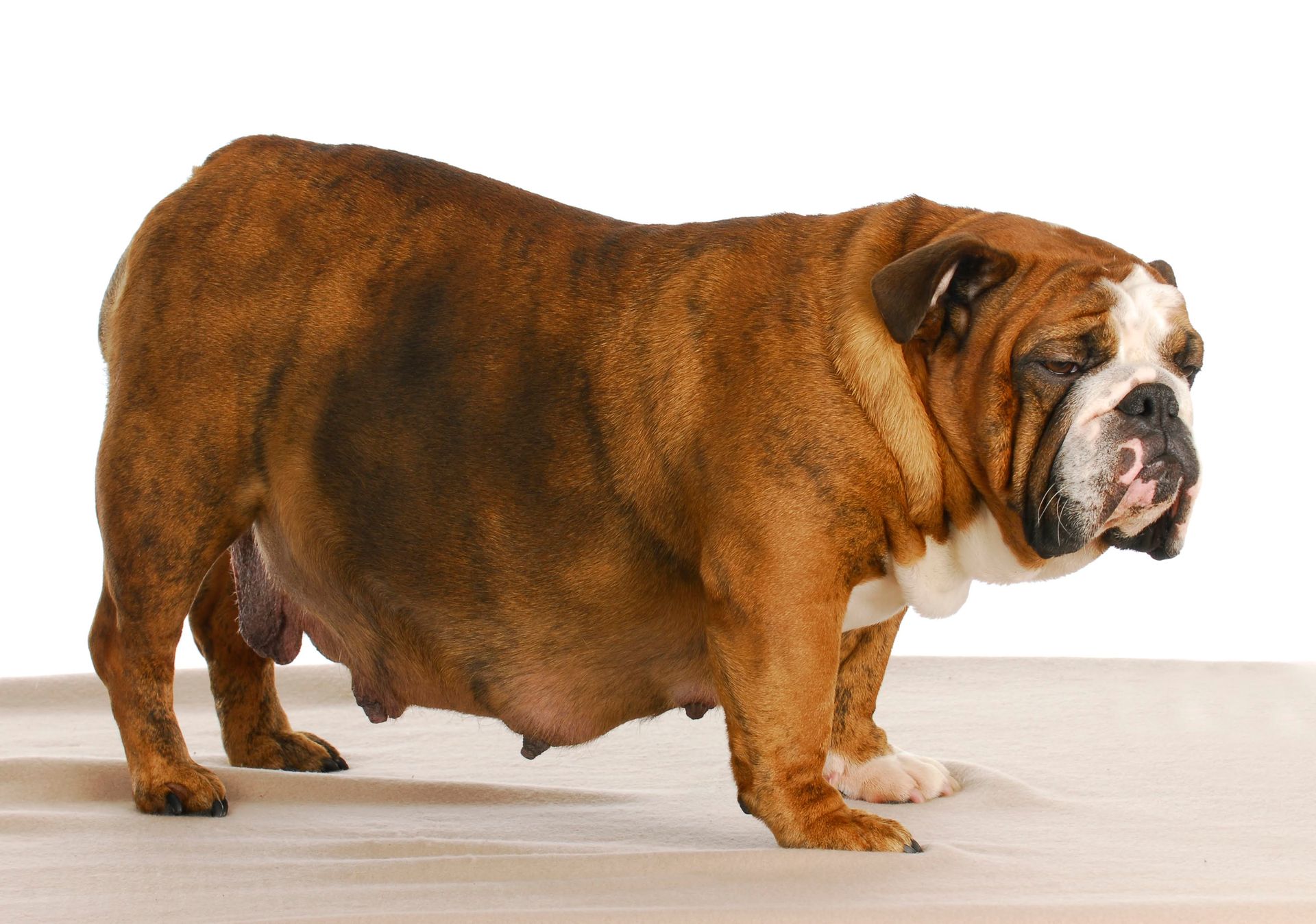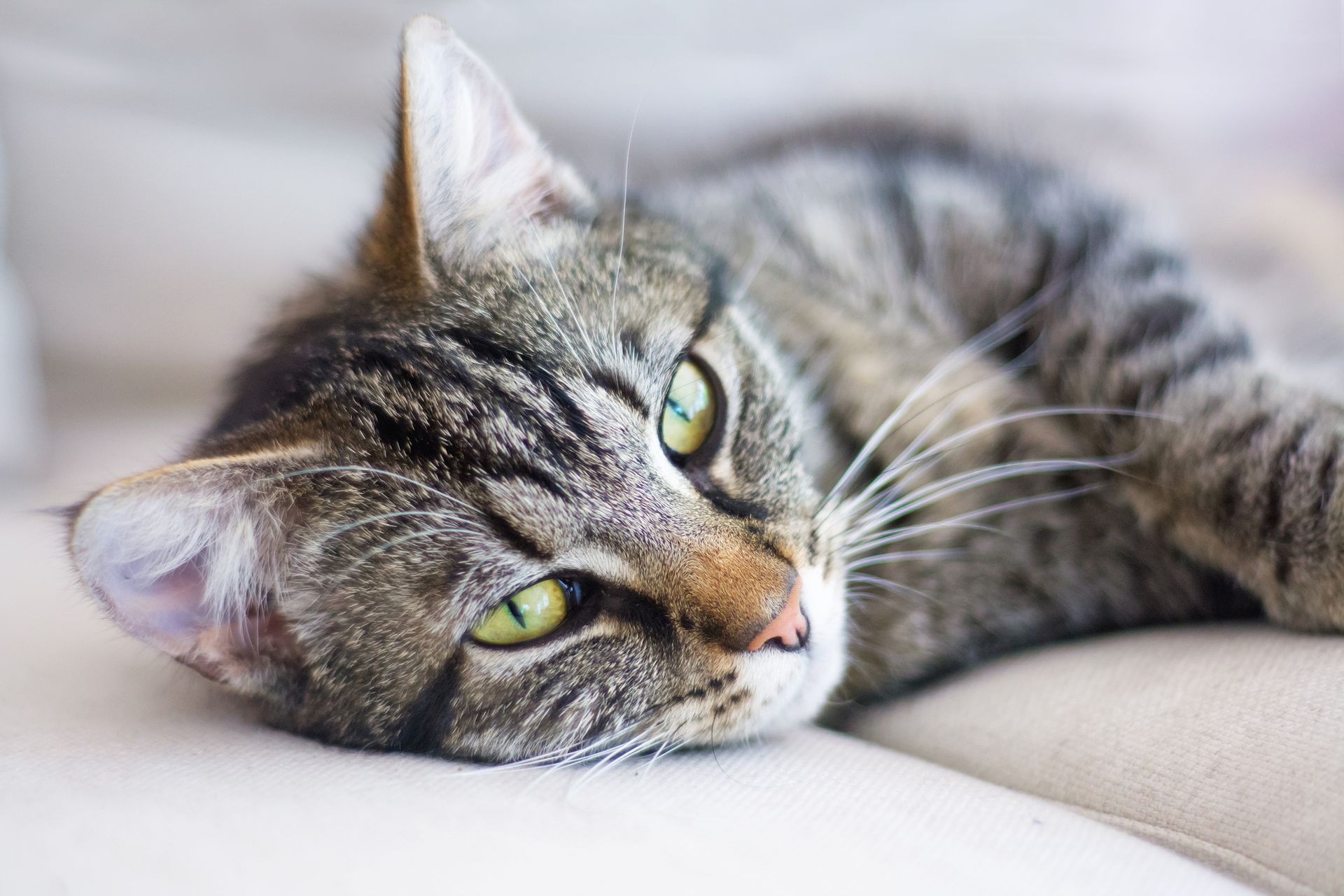Common Dental Problems in Cats
Admin • April 7, 2020
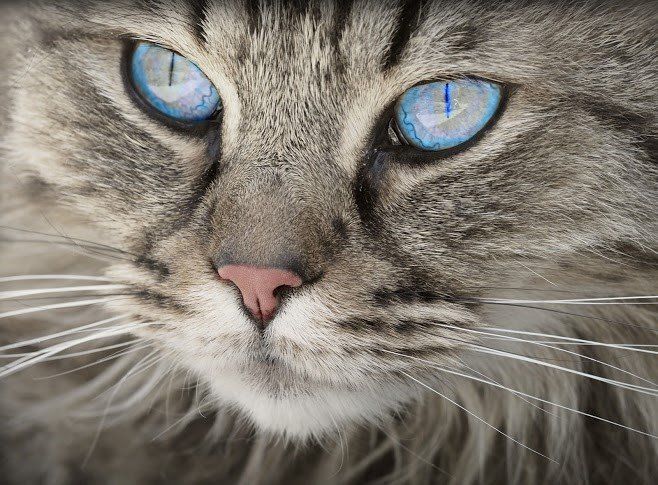
Dental issues are surprisingly common for housecats. Wild cats are hunters who exercise their teeth and gums in the consumption of their prey. Housecats don't get the same level of mouth exercise. What's more, they're often unresponsive to attempts to brush their teeth, which doesn't help in their overall oral health.
Here are some common dental issues for cats and what the usual treatments are.
Periodontal Disease
The most common dental condition for cats is periodontal disease — most cats have some degree by their third year. It starts with a buildup of plaque on the surface of cats' teeth. If left alone, the plaque grows thicker. It will start to look like a white or gray film over their teeth. You may see redness at their gums. The cat will experience pain, but the condition is reversible at that point.
The next step in periodontal disease is tartar. If left untreated, the plaque mixes with substances such as calcium to develop a harder layer on the cat's teeth. Tartar looks yellow or brown on the teeth. Tartar is the foundation of both gingivitis and periodontitis. Veterinarians need to scale the teeth while the cat is sedated to remove the tartar.
Gingivitis
Both plaque and tartar lead to gingivitis, which is when the gums become swollen and painful. The plaque harbors bacteria, which can be fine if it stays above the gum line. If the plaque isn't removed, though, the bacteria can work its way deeper into the gums. Tartar also harbors bacteria that can work all the way to the base of the tooth.
The inflammation is a result of the cat's immune systems fighting off the bacteria. Mild gingivitis is very common and can be reversed before major gum damage occurs. Moderate gingivitis occurs as a result of tartar. Sometimes gum recession and gum separation have begun at this stage. Severe gingivitis results in bleeding gums as well as recession and separation. It's very painful at this stage.
Cats with the painful stages of gingivitis might show a reluctance to eat. They may also hold their heads at odd angles to avoid the painful parts of their mouth while eating. Veterinarians need to scale or potentially extract the teeth.
Periodontitis
Uncontrolled gingivitis leads to periodontitis. The tartar eventually builds up under the gum line, which creates pockets between the tooth and gum. These pockets harbor bacteria, which produce harmful substances that destroy surrounding tissues and lead to bone loss and infection.
Ligaments hold cats' teeth in place. As the periodontitis progresses, it will break down that connective tissue. The teeth will become unstable. The tooth root can also be exposed. Since gingivitis is the cause of periodontitis, it presents as a severe form of the former at this stage.
Cats may lose their teeth naturally at later stages. In addition to a reluctance to eat, cats will usually have halitosis, too. The treatment for periodontitis is often tooth extraction.
Tooth Resorption
Another common dental condition in cats is tooth resorption, which results in resorptive lesions. A cat's tooth consists of both dentin and enamel. For unknown reasons, the body starts to break down both substances. The result is the development of resorptive lesions, which are like cavities, below the gumline. Up to 70%
of cats suffer from some level of tooth resorption.
If left untreated, the tooth will continue to erode. The resorptive lesions can create large defects in the tooth crown, which destabilizes the tooth itself. It can even break off. The resorptive lesions are difficult to detect. They usually look like tiny pink holes near the gumline. Typically, vets must X-ray cats to make a diagnosis or examine the cat's teeth under anesthesia.
Cats may display similar signs of pain as with periodontitis. Veterinarians usually have to put the cat under anesthesia to examine and treat these lesions. The treatment may include monitoring their progress or extracting the tooth.
Regular veterinary checkups will help keep your cat's mouth healthy.Angel Pet Hospitalcan help you with your cat's oral health.


